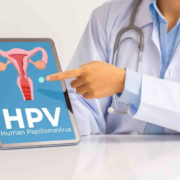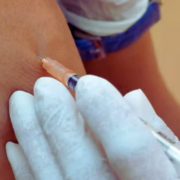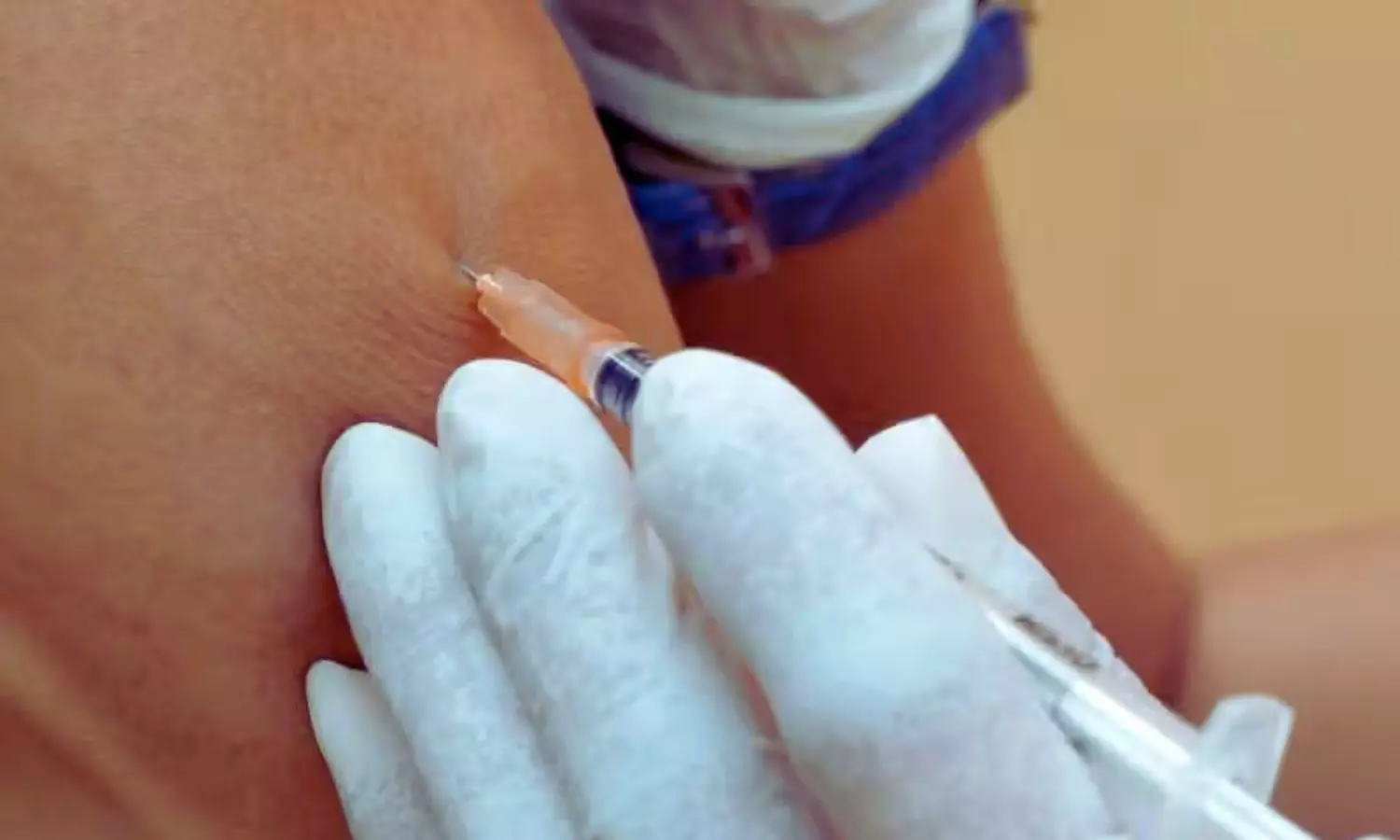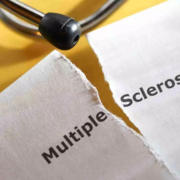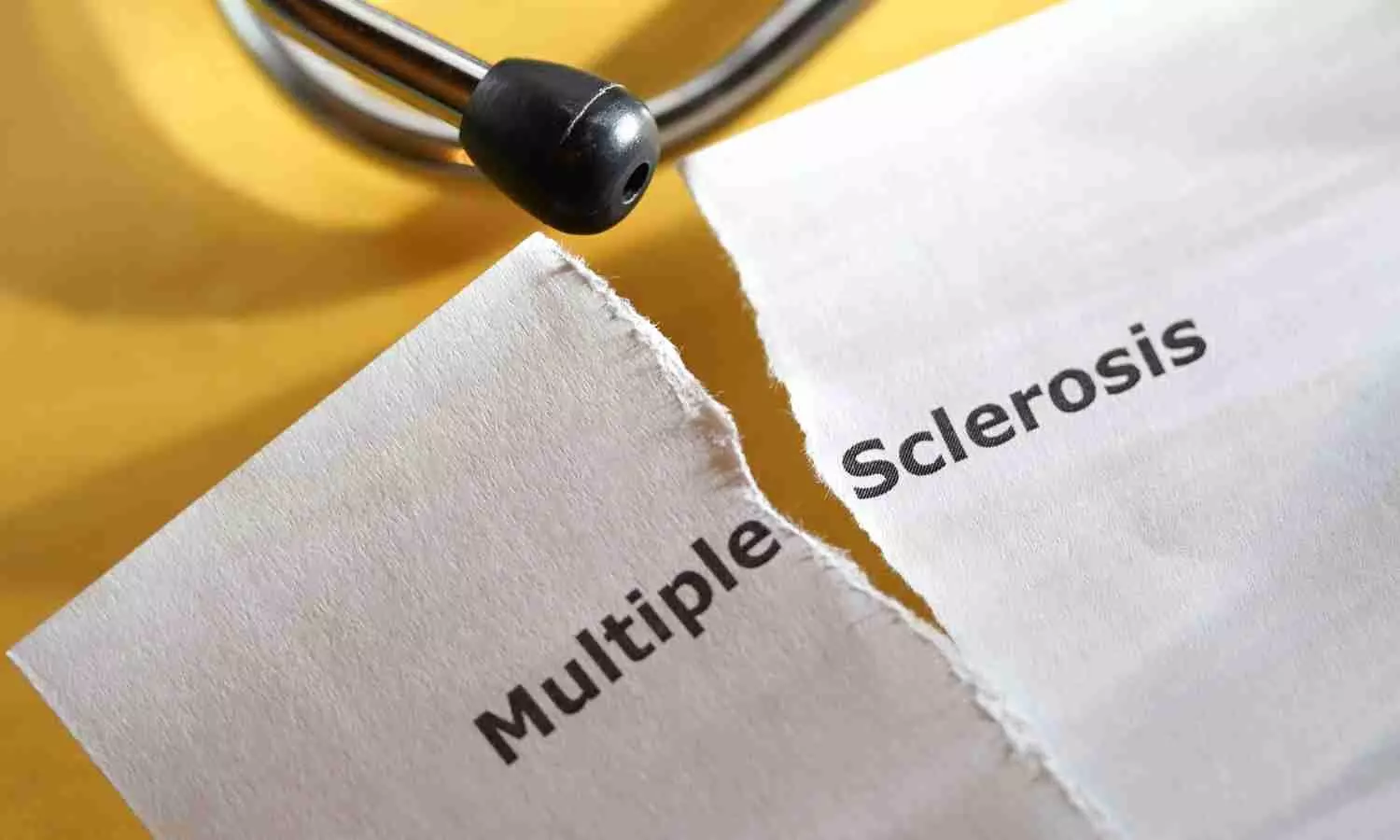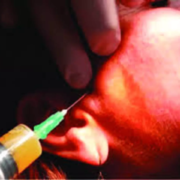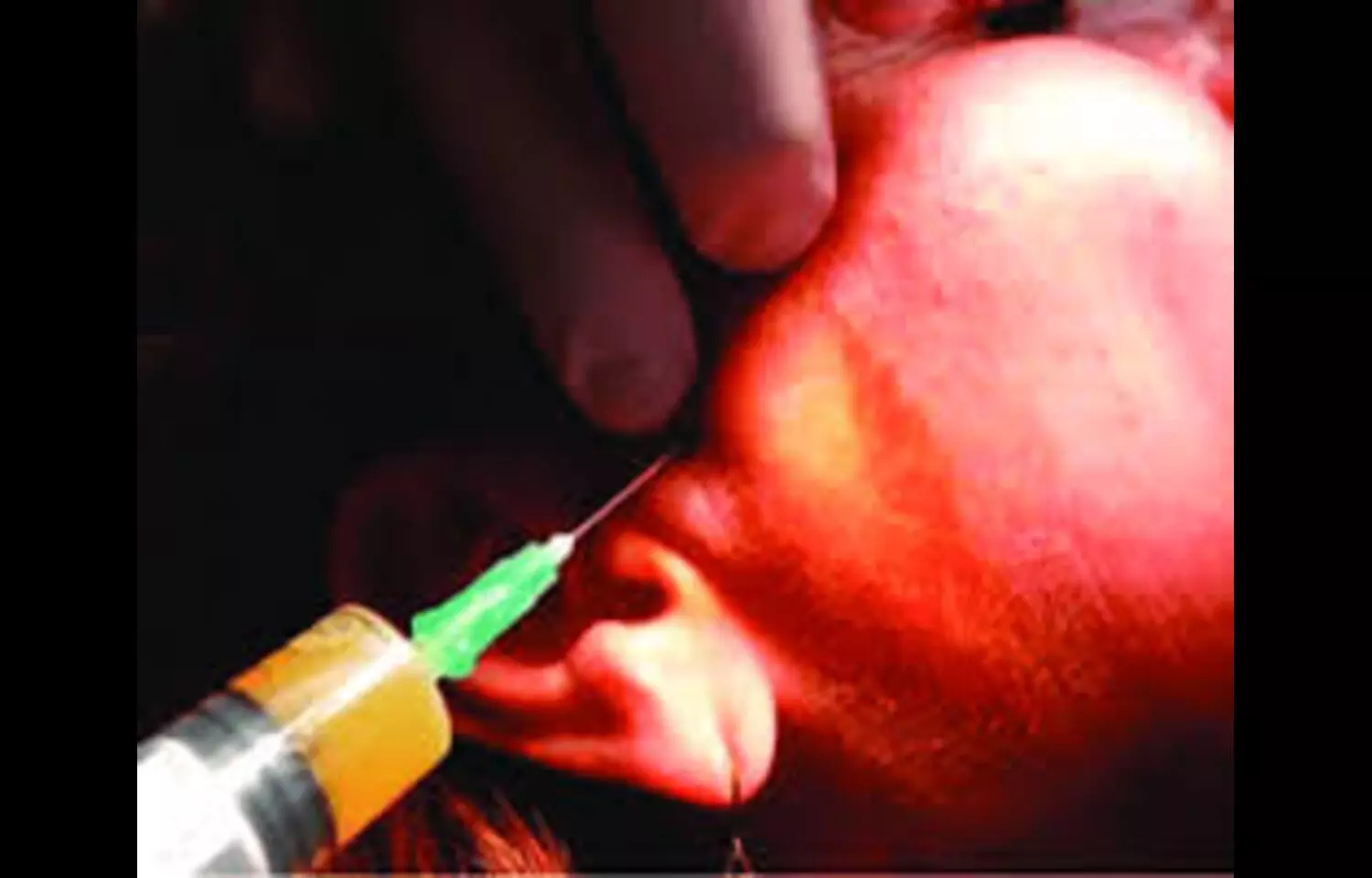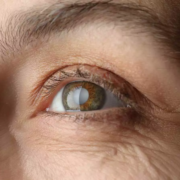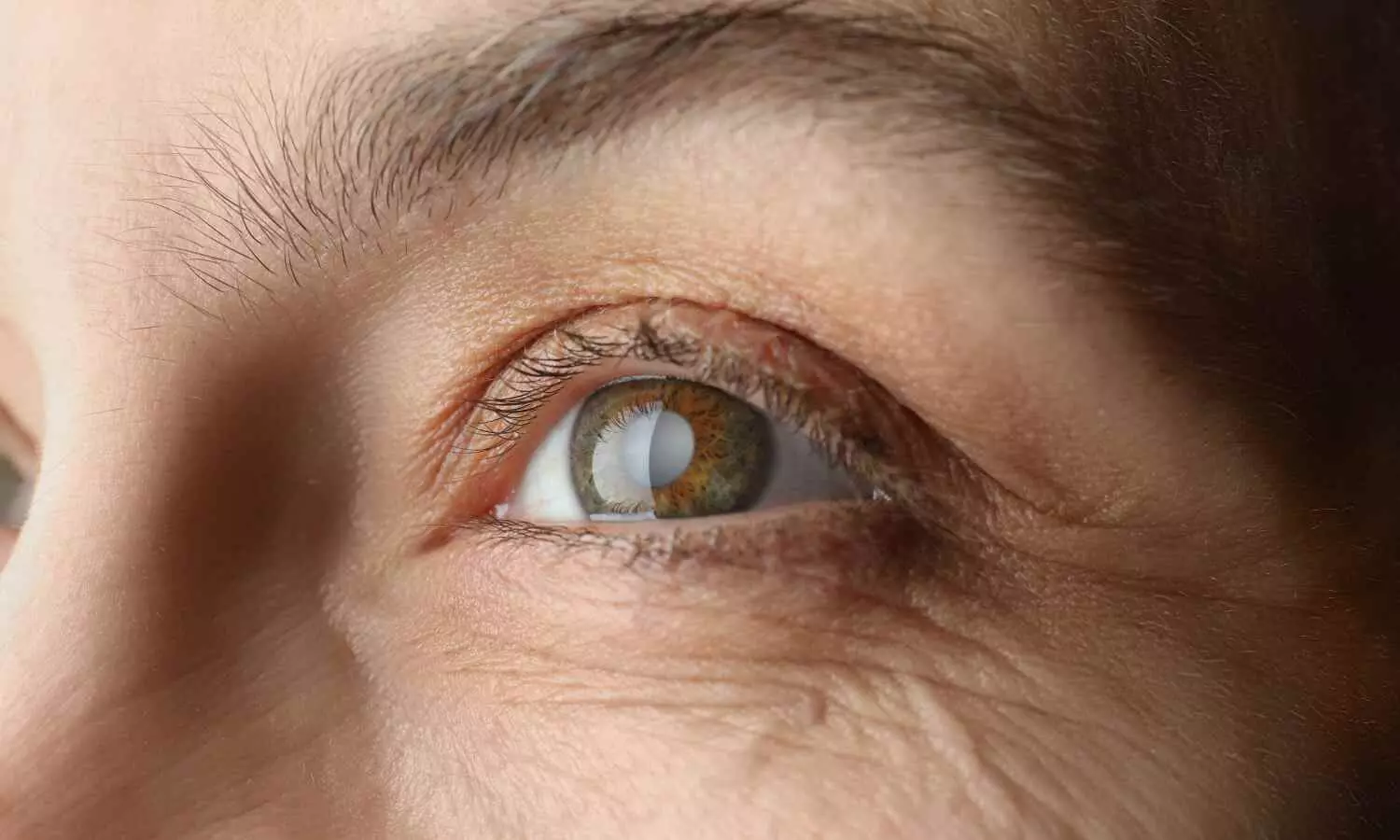
The FDA has granted marketing authorization for the ProSense Cryoablation System by IceCure for the treatment of small, early-stage breast cancer in women aged 70 and above who are not suitable for surgery, offering a minimally invasive care option.
The announcement was made on October 3, 2025, by IceCure Medical Ltd. (Nasdaq: ICCM) (“IceCure”, “IceCure Medical” or the “Company”), the developer of minimally invasive cryoablation technology that destroys tumors by freezing as an option to surgical tumor removal.
“We are excited to add a minimally invasive choice around breast cancer treatments and to offer patients an effective, outpatient procedure,” said Eyal Shamir, Chief Executive Officer, IceCure. “With the ProSense® Cryoablation System, we are giving women with low-risk, early-stage breast cancer the choice to freeze their cancer, not their lives, through an effective treatment that minimizes recovery time, and minimal cosmetic changes to the breast.”
ProSense® is the first and only medical device to be granted FDA marketing authorization for the local treatment of breast cancer.
ProSense® is authorized by the FDA for the local treatment of breast cancer in patients ≥70 years of age with biologically low-risk tumors ≤1.5 cm in size and treated with adjuvant endocrine therapy. Biologically low-risk breast cancer is defined as unifocal tumor, size ≤1.5cm, ER+, PR+, HER2-, Ki-67<15% and/or genomic testing indicative of low-risk breast cancer, infiltrating ductal carcinoma (excluding lobular carcinoma, extensive intraductal component, or evidence of lymphovascular invasion), and clinically negative lymph node (N0). The authorized indication includes patients that are not suitable for surgery for breast cancer treatment. For a complete discussion of the benefits and risks of ProSense Cryoablation System for the local treatment of breast cancer, please visit our website.
In granting marketing authorization, the FDA requested that IceCure conduct a post-market surveillance study with the aim of producing additional data in this indication. The post-market study is expected to include approximately 400 patients at 30 sites.
Breast cancer cryoablation with ProSense®, is a simple, quick, out-patient procedure that can have a notably positive impact on the patient experience and can be beneficial for patients seeking more choices.
“You don’t need any kind of cosmetic follow-up, you don’t have a scar, and you don’t have the feeling of having lost part of your breast, because it’s all still there,” said breast cancer patient and ICE3 trial participant, Pam Dixon, when describing her experience with the ProSense® cryoablation procedure. “There was no pain. It was one of the easiest things I’ve ever done. I don’t remember any limitations on my activity.”
During the ProSense® cryoablation procedure, a doctor injects local anesthesia and uses ultrasound imaging to guide a small cryoprobe, a thin hollow needle, into the breast tumor. Once the cryoprobe is placed, liquid nitrogen creates extremely cold temperatures (-170C°) which destroys the breast tumor by creating an ice ball around the targeted tissue. Key advantages of ProSense® cryoablation procedure include:
Maintain breast shape: No tissue is removed and there is minimal scarring from the insertion of the cryoprobe. No breast reconstruction is needed.
Short, out-patient procedure with local anesthesia: Average cryoablation procedure time is approximately 30 – 45 minutes with no hospital waiting or overnight stay. Numbing agents (local anesthesia) are injected only into the area being treated and the ice formed during the procedure has a numbing effect.
Reduced recovery time: Patients typically return to normal activity within 24-hours. Median recovery time is one day with a range of 0 – 8 days.
The procedure is monitored in real-time by ultrasound to ensure the ice ball is growing sufficiently around the tumor, and to avoid damage to the skin or muscle. The doctor may use hydro-dissection to protect the skin or muscle during a procedure depending on the location of the tumor. The tissue destroyed by the ice ball is naturally reabsorbed by the body over time and adjacent tissue is left unharmed.
The FDA’s marketing authorization was based on an abundance of data including IceCure’s ICE3 trial which was published in the Annals of Surgical Oncology. With 194 patients, ICE3 is the largest multi-center clinical trial ever completed for liquid-nitrogen (LN2) based cryoablation for patients aged ≥60 with low-risk, early-stage breast cancer without surgically removing the breast tumor. Only 3.1% of patients with hormone receptor-positive and HER2-breast cancer treated locally with cryoablation and endocrine therapy (also known as hormone or hormonal therapy), experienced local recurrence of breast cancer within 5 years after treatment, based on the study results.
The majority of the cryoablation procedure-related adverse events besides breast cancer recurrence were edema (swelling), bruising, hematoma (bleeding into tissues), skin burn, and postoperative pain. These were mild in severity and all of these events resolved without any permanent effect.
ICE3 study lead author, Richard Fine, MD, FACS, of the West Cancer Center & Research Institute in Germantown, TN and past President of the American Society of Breast Surgeons emphasizes that, “The ICE3 study has proven that cryoablation with ProSense® is a safe, minimally invasive ablative procedure with results similar to that of lumpectomy patients who took endocrine therapy, and has the benefit of being an office-based, non-surgical treatment. Further data coming out of the post-market study should continue to support that cryoablation with ProSense® is a successful option in the de-escalation of breast cancer care in appropriately selected patients.”


